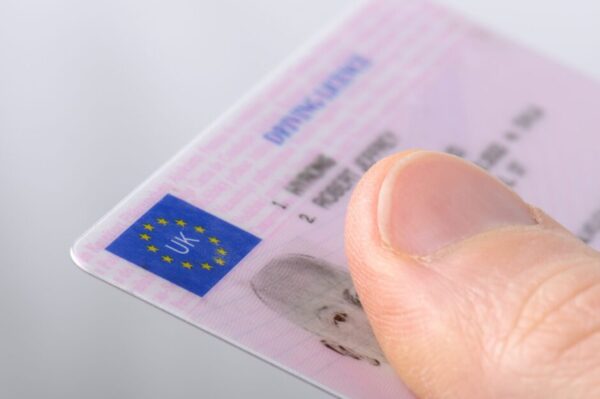Driving on business is still the third most dangerous occupation in Britain even though we have some of the safest roads in Europe, so it’s not surprising that our Government has placed road safety firmly at the top of its agenda. Jason Francis, Managing Director of Jaama explains…During their last two terms of office our Government has introduced: “Provision and Use of Work Equipment Regulations 1998” (PUWER); “Transport Act 2000”; formation of the “Work Related Road Safety Task Group” (WRRSTG); “The Management of Health and Safety at Work Regulations 1999”; “Health and Safety Executive Occupational Road Safety Guidelines 2003”; “Working Time Directive”; “Road Safety Bill” (limiting mobile phone use); proposed “Corporate Manslaughter Bill”.
If you are in any doubt as to whether the current trend will continue, two deadlines for commenting on pending legislation (RIDDOR and Corporate Manslaughter) have recently passed. When approved, both will have a significant impact on commercial vehicle operators. With ever-greater legislation, it is not surprising that many fleets are turning to companies supplying risk management and driver training safety services for help.
Whilst driver and risk management services are both important and necessary, they become more relevant when they address root causes and not just symptoms; this is the difference between adopting training to target accident costs or training to target high-risk drivers.
In the past 6 months, we have trained over 350 fleet managers on the broad subject of occupational road safety. However, only with the inclusion of software as part of the ‘fleet’ solution can the root causes be identified, managed and holistically dealt with. Risk is just like any other variable, so if you can’t measure it you can’t manage it.
The HSE says that risk assessments must be carried out regularly, driver’s licences checked, eyesight checked, age, experience and driving history monitored and managed as part of a robust fleet policy. The answer has to be automation and purpose-designed fleet management software will provide three main functions with each function intrinsically linked:
- Fleet management, covering all aspects of vehicles, drivers, accidents, servicing, inspections and speeding, parking and other related costs.
- Proactive risk management and driver profiling, based on age, experience and driving history. Put simply, this is looking at driver information and determining which risk category they belong to. Taking information on drivers, vehicles, the number and frequency of accidents and speeding offences directly from the fleet system will build up a risk analysis profile of drivers, vehicles and their journeys.
- Management and enforcement of policies based on information collected about the drivers and their risk profile. Having determined the drivers’ risk category, policy enforcement can follow based on the driver’s profile and likely risk. Automated checks and reminders in accordance with fleet and driver policies will cover driver hours, licences, insurance documentation, vehicle condition, V5 and eyesight test.
The software will actively enforce the fleet policy, for example, it will stop high-powered vehicles from being allocated to inexperienced or high-risk drivers, or warn if the vehicles are too old or not suitable for the load capacity. As an essential part of road safety management, software can be used to alleviate the encumbrance of meeting duty of care responsibilities and identify where specialist risk management or driver training services could help. So rather than applying a ‘one glove fits all’ approach, applying driver training on a selective basis of need not only significantly reduces costs, but also prevents good drivers from becoming fed up with being grouped and targeted with the worst offenders.
If you think that the duty of care burden is going to ease think again. Figures released in the last few months have shown that deaths on British roads have fallen this year but the Government still has a long way to go to achieve their target to reduce road traffic deaths and serious injuries by 40% in the next 10 years. The WRRSTG, formed by the Government in 2000 states: “….we want those driving on business to have the same health and safety protection as those working in fixed premises.”
A recent fleet survey by Jaama discovered that 64% of the fleet managers were either only partially aware or not aware at all of their Health and Safety responsibilities. Clearly, we still have a long way to go before the majority of UK businesses meet their duty of care responsibilities, but software and safety services will help.
